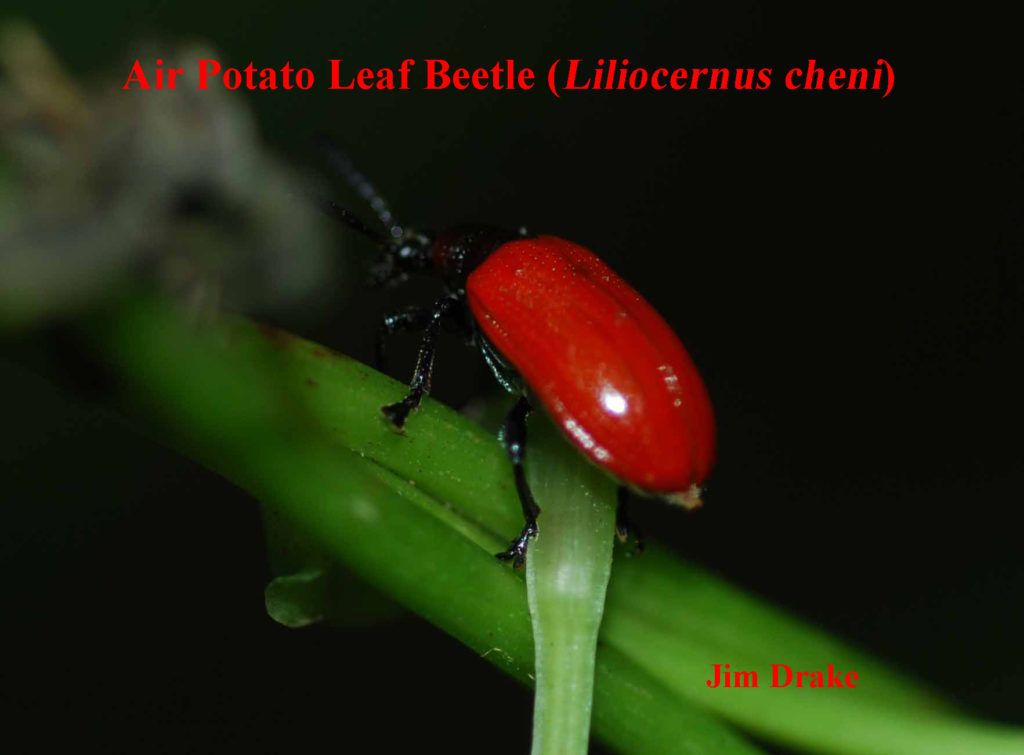August 19 Florida Panhandle and August 20 Greenwood Plantation Trips, 2017
An eager group of Bot Soccers met early on August 19 at the Hampton Inn in Quincy, Florida. Virginia Craig had previously scouted about a dozen roadside and short walks along FL Highway 65, which cuts north-south through the National Forest, giving us an amazing number of rare and beautiful mid-summer botanical treasures. We were also fortunate to have Wilson Baker, a legendary botanist from Florida and South Georgia, along with us.
The weather was fairly accommodating for Florida in August, hot and humid with mostly overcast skies but no rain. The first stop featured the rare and endangered Curtiss’ Loosestrife (Lythrum curtissii). During the next several stops, we saw and identified dozens of wildflowers. Some examples include nine species of milkweed (Asclepias), five species of Fringed Orchids (Platanthera) including the rare Chapman’s Orange Fringed Orchid (Platanthera chapmanii), Pine Lily (Lilium catesbaei), three species of Rosepink (Sabatia), Stokes Aster (Stokesia laevis), and dozens of others. In fact, the number of species is too long to list here. The entire list can be viewed here.
Apart from the usual glories of orchids, milkweeds, and pitcher plants, we had a special treat learning about Air Potatoes, an invasive species. When we stopped for lunch at Hickory Landing, Bob Pemberton, retired from USDA, found some Air Potato (Dioscorea bulbifera) plants that had been defoliated by insects. This was the result of a biological control project he had worked on while employed by the USDA. He and colleagues had introduced a leaf beetle (Liliocernus cheni) from Nepal that defoliates Air Potato, thus reducing the number of bulbils produced (bulbils are tiny potato-like structures held in the leaf axils of this species that sprout and form new plants). The beetle attacks only this species of Air Potato, so native species of wild yam are not at risk. The leaves we saw were indeed heavily defoliated, some almost to the skeleton stage. We saw several of the beetles – vivid red and black – beautiful as well as doing a great job.
The next morning, August 20, the group met at the Hampton Inn in Thomasville, Georgia, before caravanning to the meeting site on the Greenwood Plantation, a privately-owned tract encompassing some 5200 acres, 1000 of which support an ecosystem dominated by Longleaf Pine. Wilson and Virginia had previously received permission from the Greenwood owner to allow our BotSoc group to visit, and we were very appreciative of the opportunity to botanize among these ancient trees, some believed to be at least 500 years old. We set out on a long loop trail among the Longleaf Pines, once again enjoying the expert knowledge that Virginia and Wilson shared. They know the plantation and its flora well and often visit to carry out butterfly surveys.

The weather was clear and hot with no rain. The trip was intended as a half-day event, so a great deal of information was provided within a fairly short time. Some examples of wildflowers seen included Pineland Milkweed (Asclepias connivens), Whorled Milkweed (Asclepias verticillata), Orange Fringed Orchid (Platanthera ciliaris), Crested Fringed Orchid (Platanthera cristata), Golden Fringeless Orchid (Platanthera integra), and several other species. Following the loop walk, the group proceeded to another part of the plantation where we were treated to the sight of Giant Orchid (Pteroglossaspis ecristata forma flava) in bloom. On the walk back to the meeting site, the group paused to observe, from a distance, a group of red-cockaded woodpeckers that were calling gleefully from high up in the ancient pines.
The complete list of wildflowers seen at the Greenwood Plantation can be accessed here.
